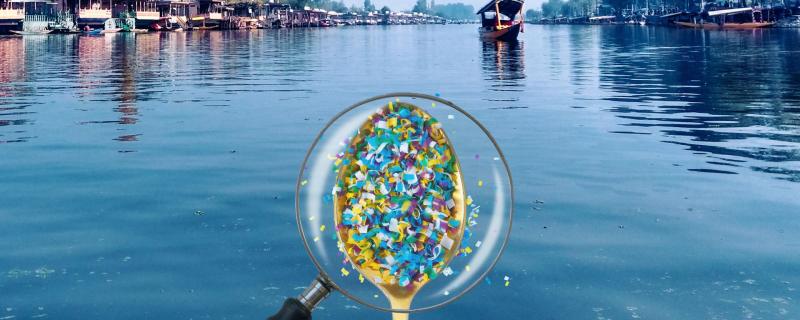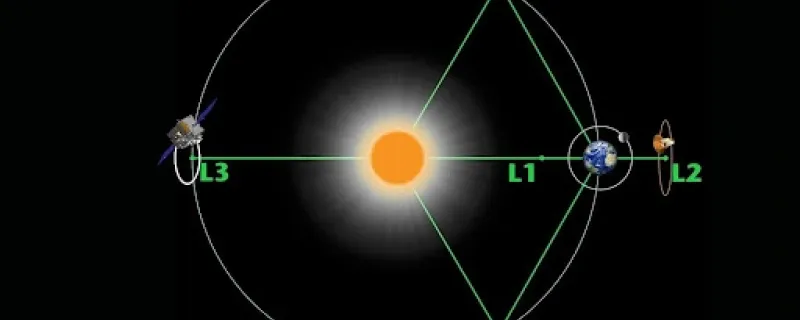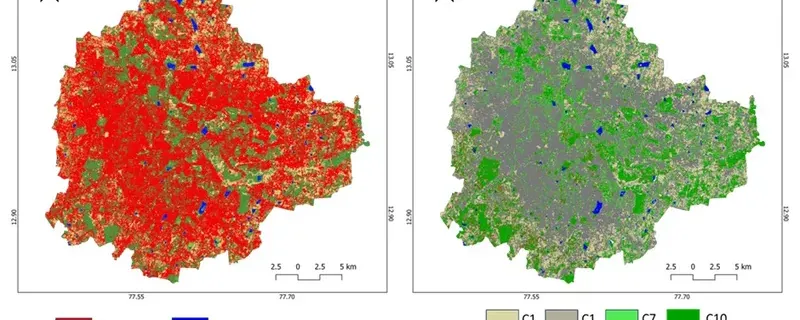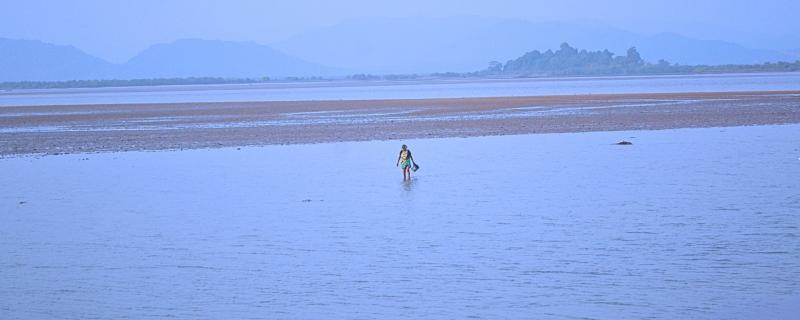Ecological droughts are on the rise in India's pristine forests and croplands, driven primarily by meteorological aridity and ocean warming, posing a major threat to the country's sustainability and food security.
A new review reveals that rising global temperatures, increased pollution, and extreme weather events are driving a global surge in eye diseases, disproportionately affecting vulnerable communities and challenging healthcare systems.
Roorkee/










